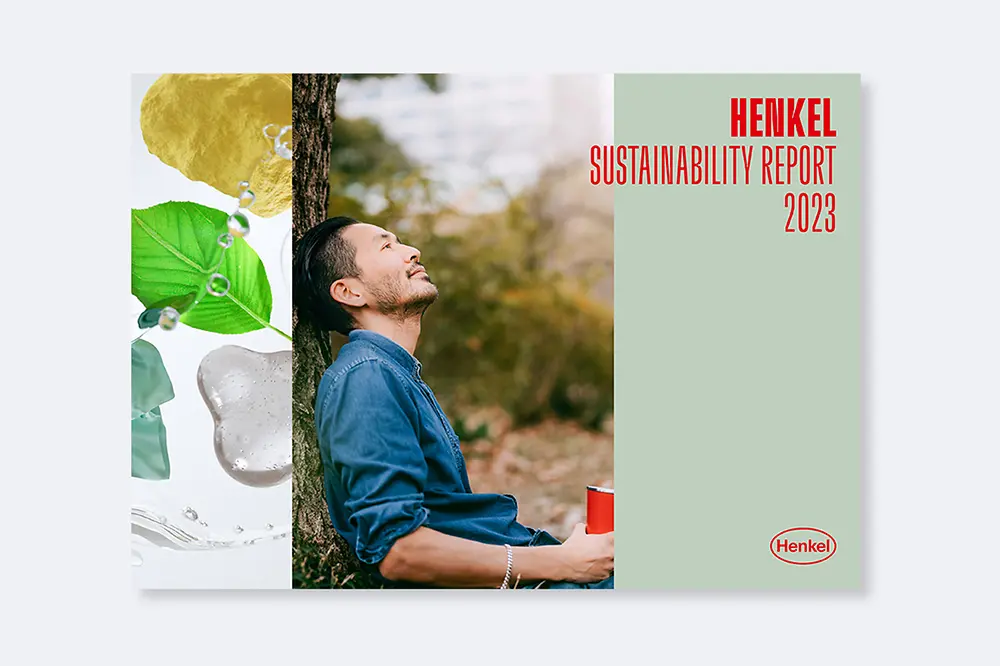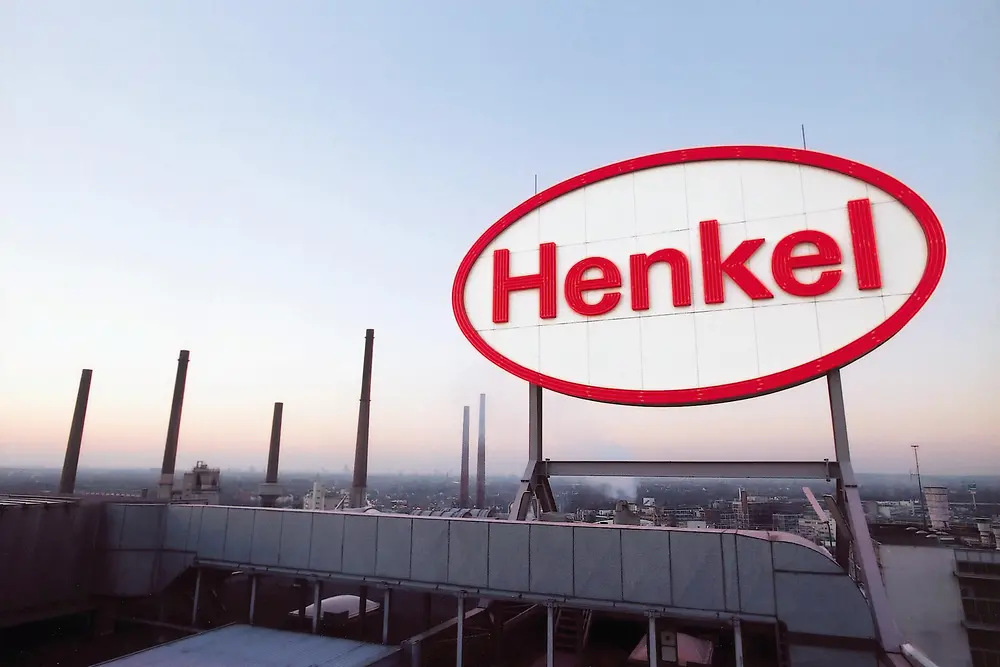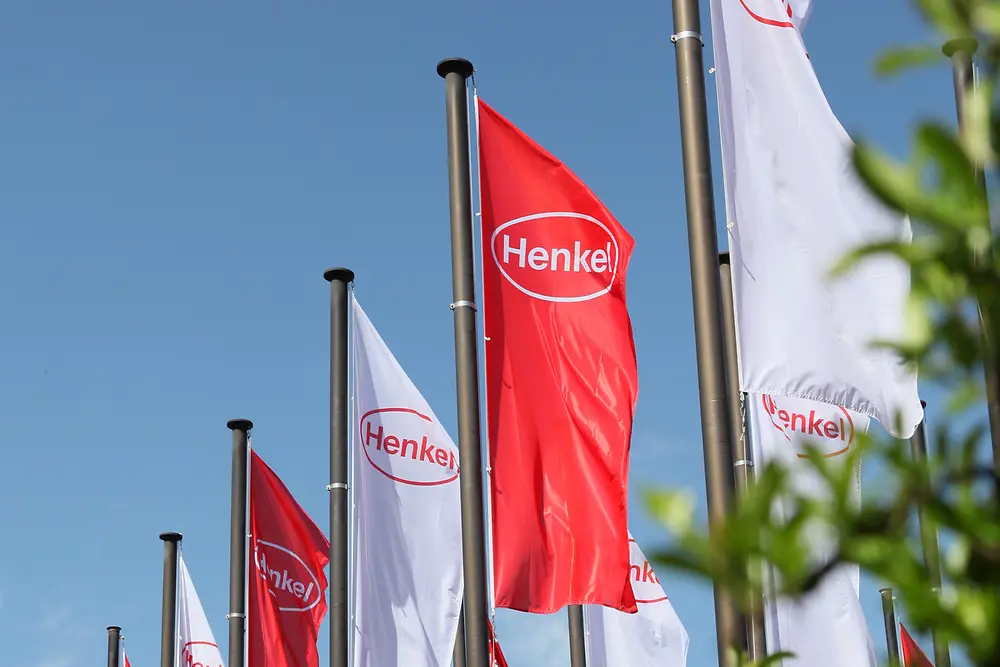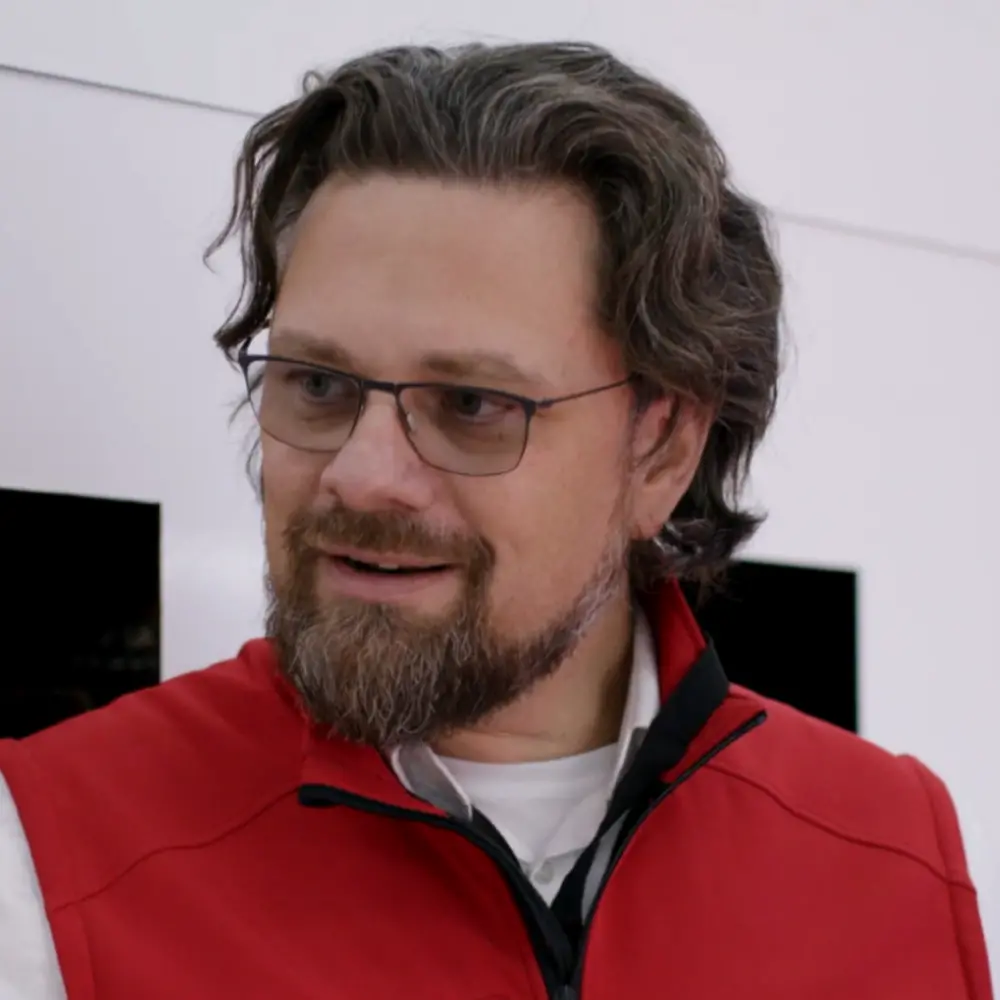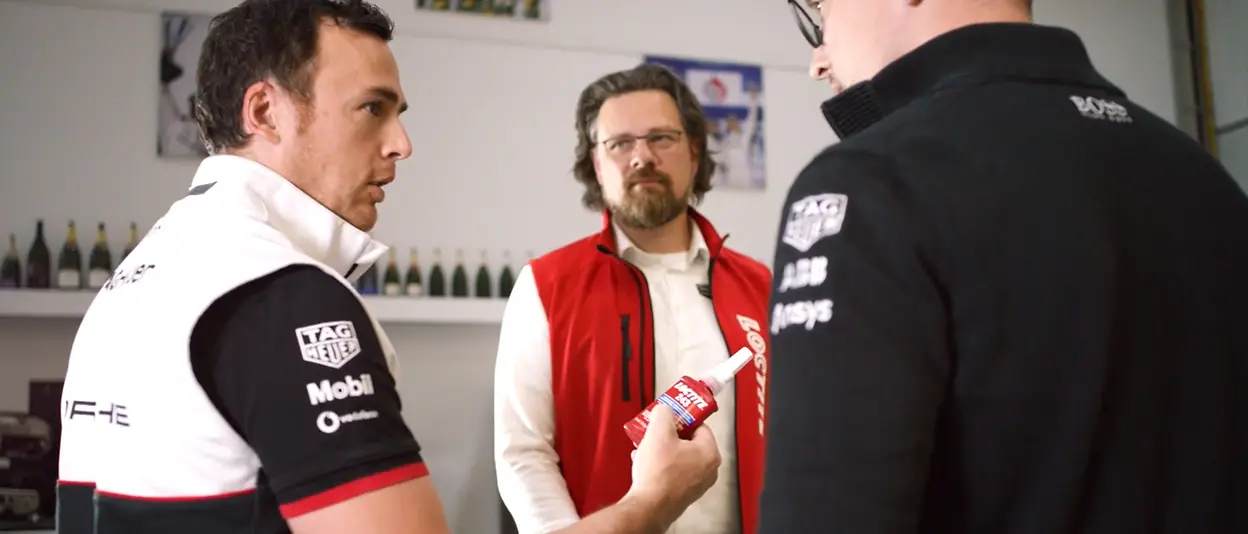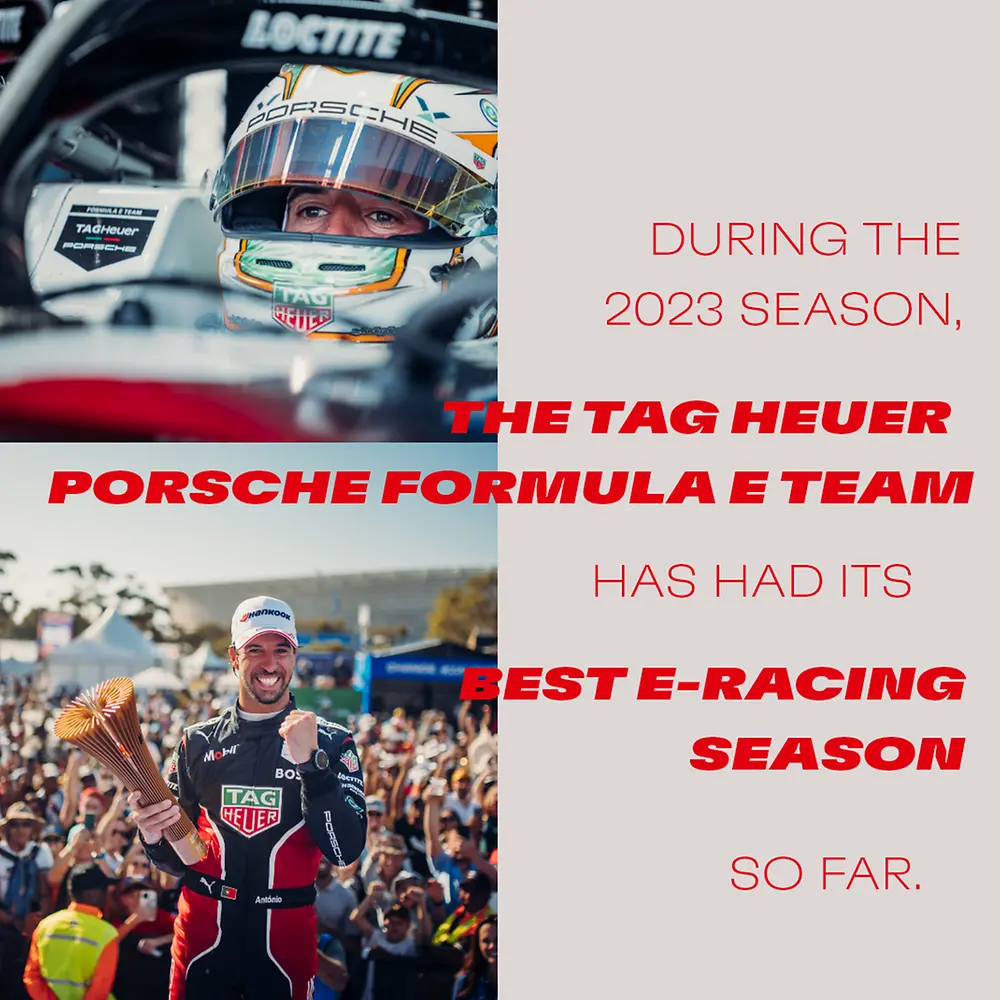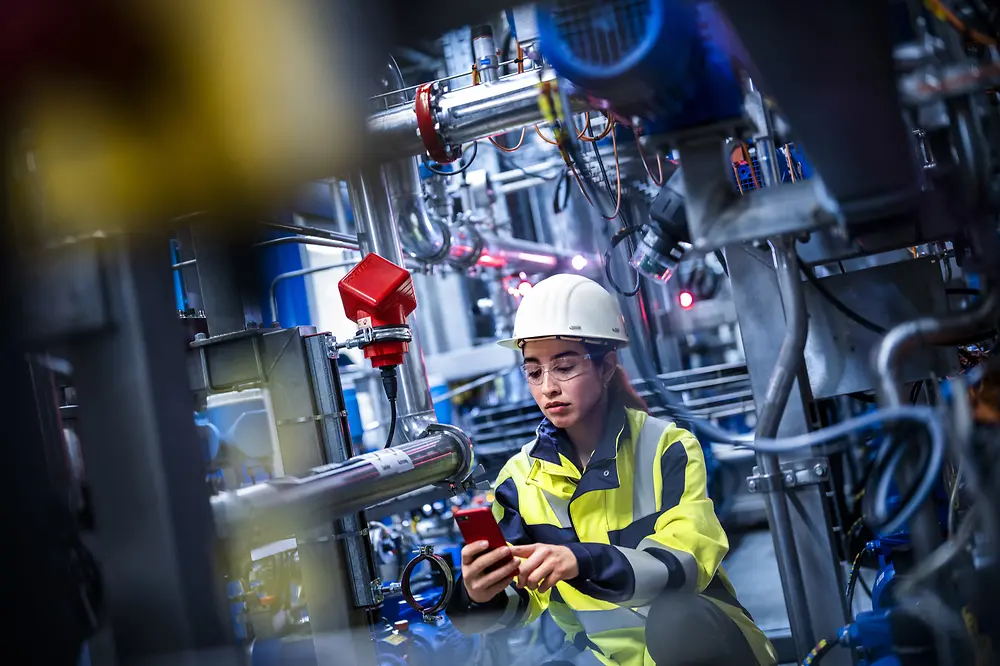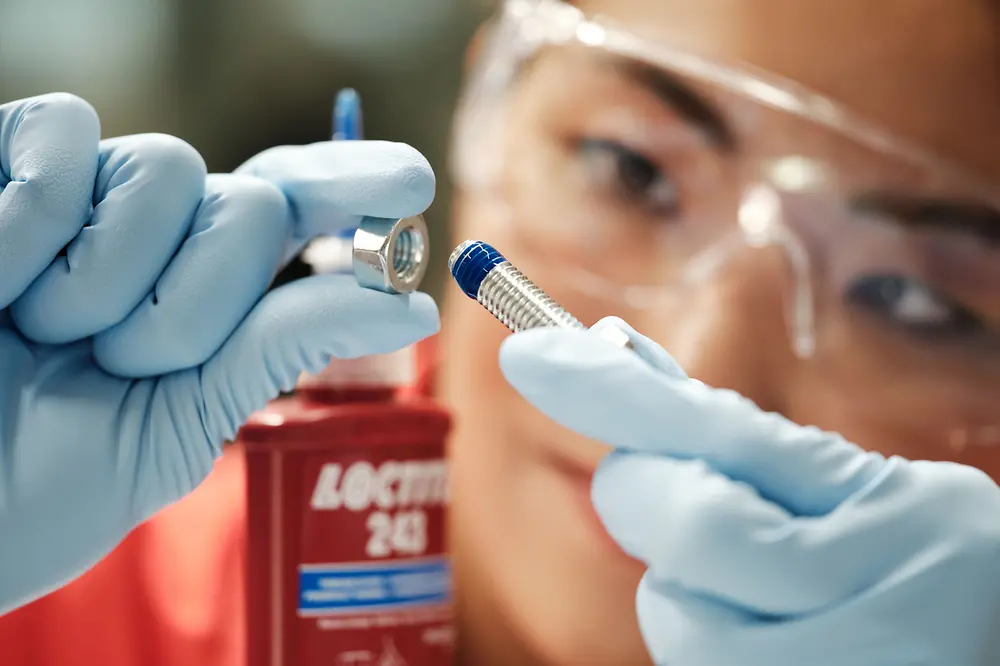“But that day, we managed to win the team over with one of our first demonstrations,” Martin Christall recalls. “We needed to find the best way to assemble parts of the front motor which is part of the energy recovering system for recharging the battery when braking during the race. The design of the car’s front motor raised some assembly challenges for the team, and one of our adhesive products fulfilled all requirements. Loctite 9466 adhesive worked amazingly on the first try. This created trust and was a good basis for our further collaboration project.”
Today, the teams work closely together to get even more out of the cars of the future. Their shared goal is to develop even better ways of using Loctite products, while also testing new products that enhance the car’s performance, speed, and sustainability. Already, different Loctite solutions are used to ensure mechanical reliability for a host of key applications, which extend from suspension bearings, gearbox housing parts, and powertrain bolts to steering wheel components.
When Martin Christall joined Henkel, he was new to the adhesives business. Nevertheless, he immediately felt at home. This is hardly surprising, as he had already come into contact with Loctite during his time in motorsports. He recalls a situation in which he and his team at the time were bonding engine parts together. In motorsport everything is super quick, so you need assembly to be fast and precise. After the race, you see the results, and Loctite bonding solutions never disappoints the team. This experience convinced him of the reliability of Loctite.
Today, this conviction serves him and his team well when working with the engineers at TAG Heuer Porsche Formula E Team to find the best point of use for the wide range of Loctite products. In Formula E, adhesives are exposed to extreme loads. A high-performance electric motor with an output of 350 kW can propel the 854-kilogram race cars to 100 km/h in 2.8 seconds. The current generation can reach top speeds of up to 320 km/h. “Braking is done with pure motor power, to recharge the battery, reducing the need for additional break, required only for safety reasons”. Martin Christall explains as he enthusiastically describes the sophisticated work of the engineering teams. “This puts a huge strain on all the parts. On top of that, there are the high temperatures, continual shock, and vibration to deal with.”
The products are highly durable. What is special in this case is that many of the adhesives used are available to consumers.

